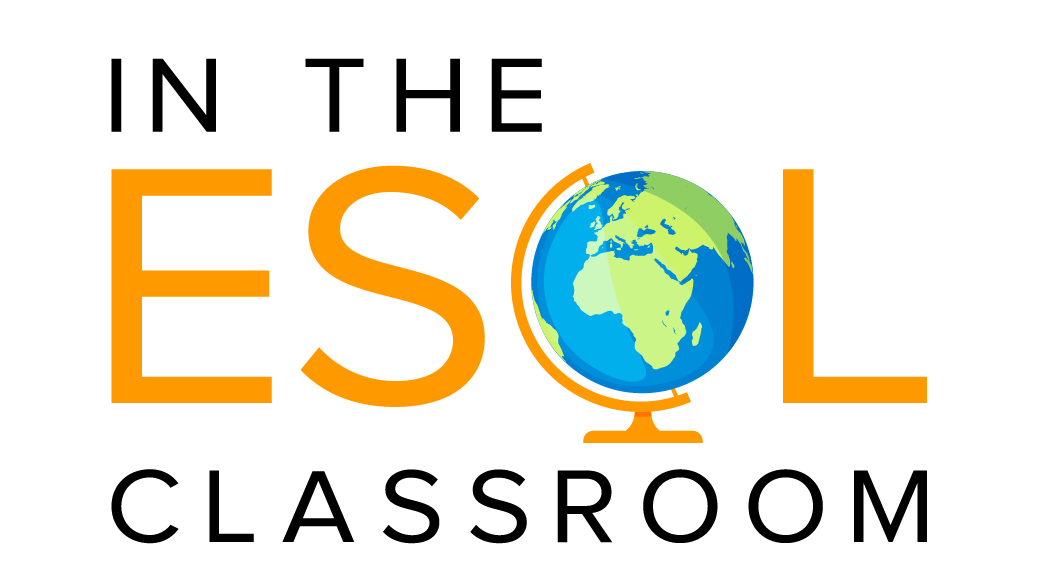There are a lot of different approaches ESOL teachers can take when teaching their English language learners. While some teachers stick to just one method, many teachers use a more eclectic approach in order to meet the diverse needs of their students. Here, I will discuss four different teaching methodologies for ESOL teachers.
- Communicative Language Teaching (CLT)
- I love CLT and use it often in my classroom. The main purpose of CLT is to focus on real-world experiences and contexts. Teachers give students practical, everyday tasks such as analyzing advertisements, ordering a pizza over the phone, or filling out medical or job application forms. These types of activities allow students to learn more organically and in contexts that will translate directly to their everyday lives. One of the key philosophies behind CLT is that language is best learned through meaningful communication rather than isolated grammar drills or memorization, thus, it emphasizes fluency over accuracy. Group work, pair work, and role-playing are all common features of CLT.
- Total Physical Response (TPR)
- This method is often used with novice learners or young learners. With TPR, language is taught through physical movement. For instance, instead of just showing a picture of the verb “to cut,” the teacher models the action using hand gestures, and students are encouraged to mimic it. This active participation helps create strong associations between words and actions which makes it easier for students to recall vocabulary and concepts. TPR is also helps keep student attention because it taps into their natural need for movement and engagement. It can feel more like a game than a lesson, which helps reduce anxiety and increases enjoyment in learning. While it’s often used in the early stages of language learning, it can be adapted for older learners as well, particularly when introducing new vocabulary or giving classroom instructions.
- Direct Method
- This method is slightly more dated but is still used in some classrooms (and often when doing online tutoring). The Direct Method emphasizes total immersion. That means teachers speak in English from day one, and students are expected to do the same as much as possible. There is little to no translation going on in these classrooms—English only. Because I value multilingualism, I don’t use the Direct Method very often, but the idea is that by hearing and using the language in context, students will begin to internalize grammar and vocabulary naturally, much like they learned their first language. Lessons are usually very interactive, with lots of speaking and listening practice. Grammar rules are not usually taught but are meant to be learned inductively through repeated exposure and correction. While it can be a challenging method for beginners, especially those who feel more comfortable with translation or scaffolding in their native language, it does push learners to rely on English and develop stronger speaking and comprehension skills more quickly.
- Project-Based Learning (PBL)
- PBL is not a TESOL-exclusive approach, but it has a lot of great applications for ESOL classrooms! PBL is similar to CLT in that it values real-world application, but the emphasis here is on inquiry, exploration, and student ownership of learning. In a PBL classroom, students work on extended projects that are often interdisciplinary and connected to real-world problems or scenarios. For example, students might research local environmental issues and present a plan to the class, or they might create a neighborhood guidebook for newcomers in their community. The teacher’s role is more of a facilitator than a lecturer—guiding students through the process, providing language support, and helping them reflect on what they’re learning. It’s a student-centered approach that focuses on not just language skills, but also critical thinking, collaboration, and creativity.
While this is not an exhaustive list of ESOL teaching methods, it’s a start! Each of these methods has its own strengths and can be incredibly effective when used with intention and flexibility. What works for one group of learners might not work for another, which is why many ESOL teachers blend multiple approaches depending on their students’ needs, language levels, and learning styles. Whether you’re helping a beginner mimic vocabulary through movement, facilitating deep inquiry through a student-led project, or immersing your class in all-English discussions, the ultimate goal remains the same: to help students become more confident and fluent in the English language.
